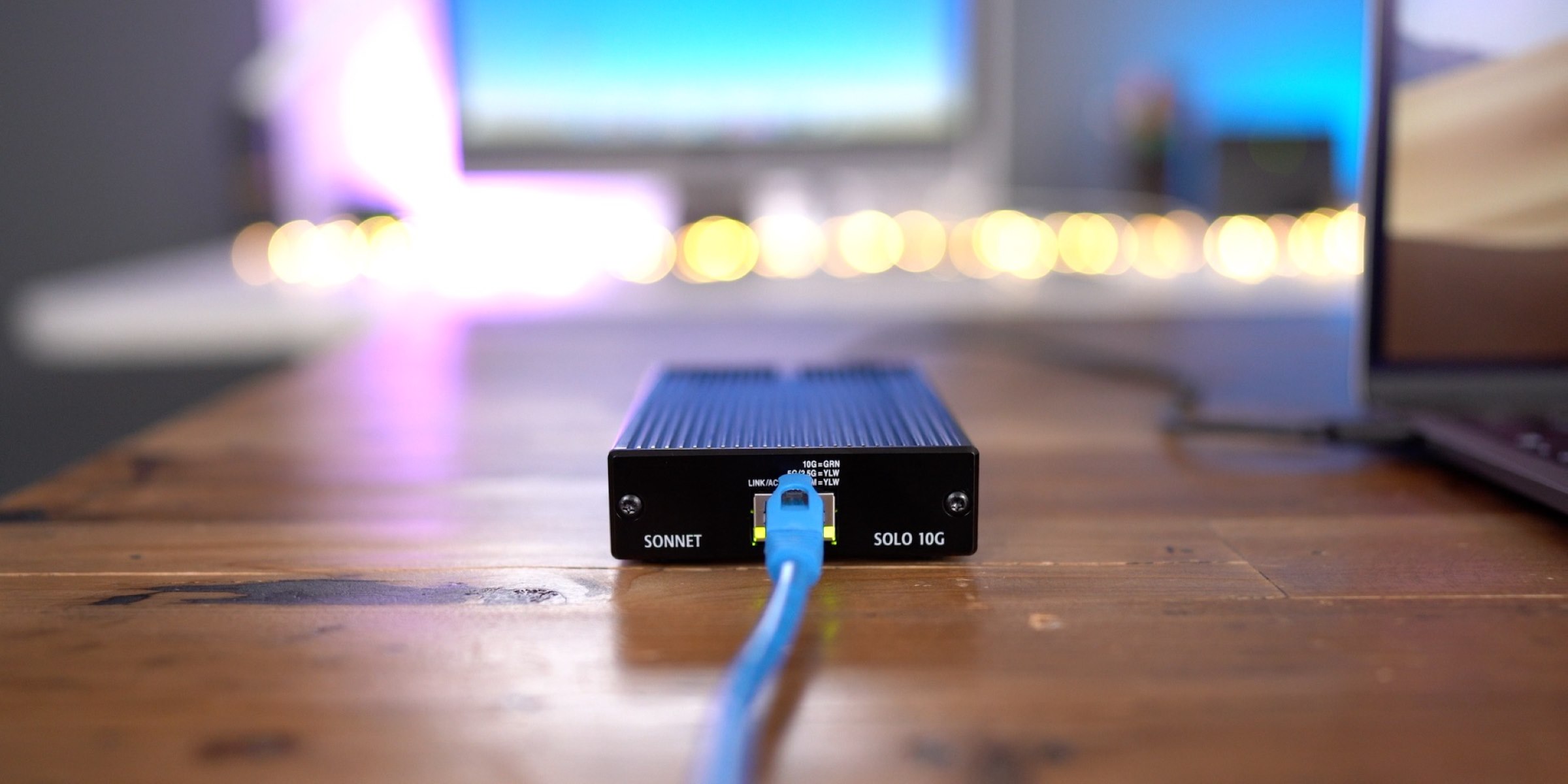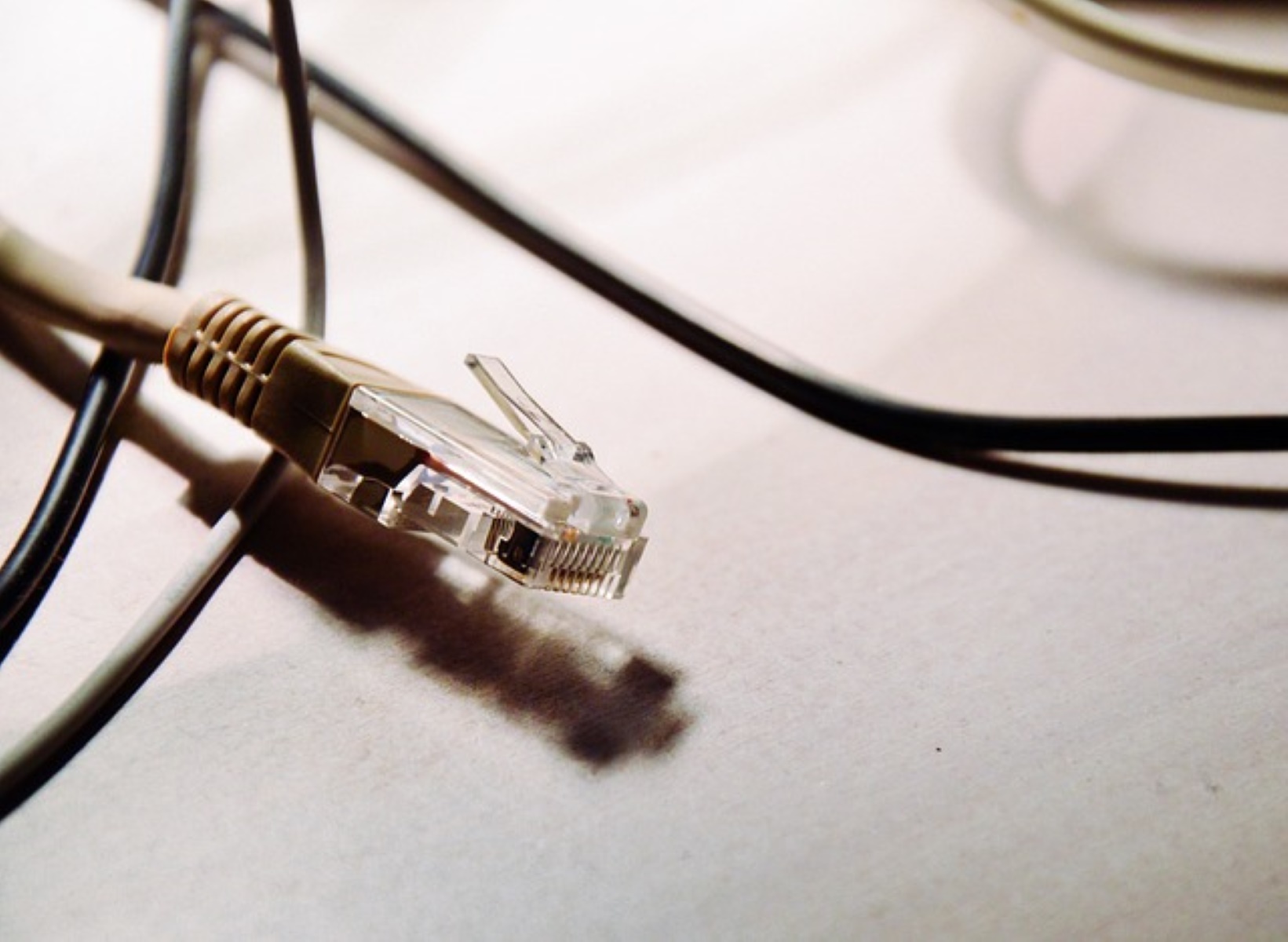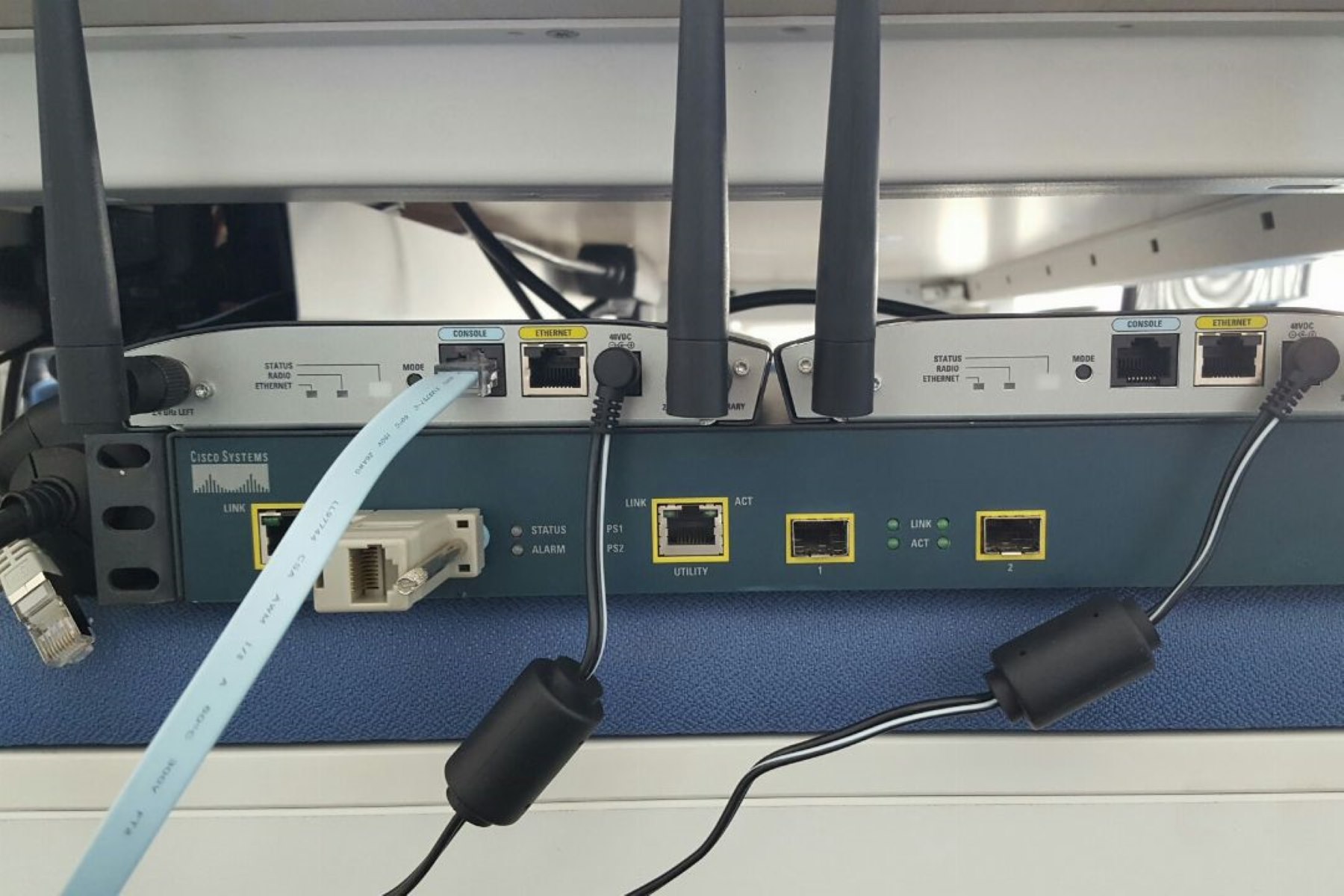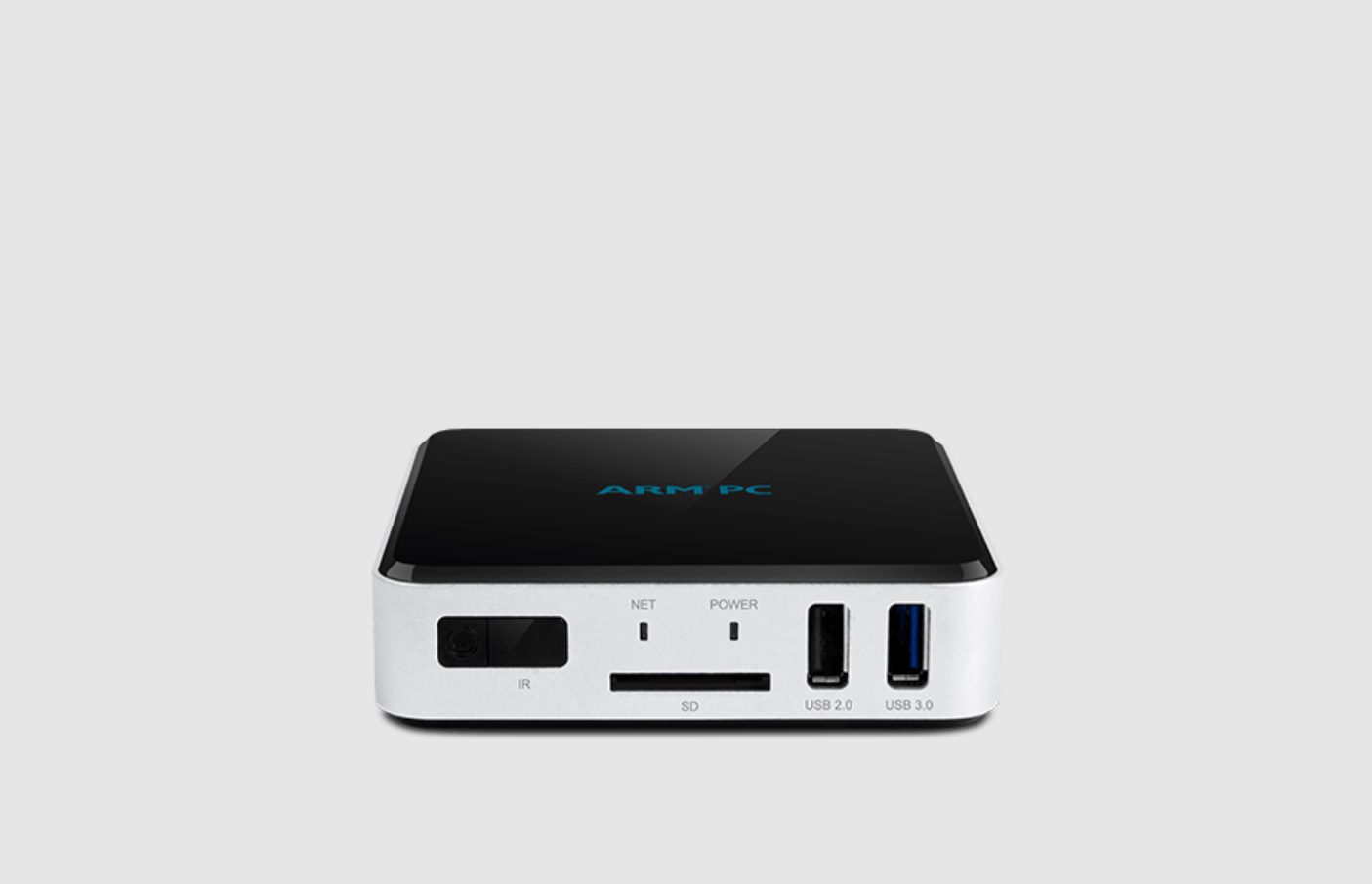Introduction
Ethernet is a widely used technology for networking computers and other devices within a local area network (LAN). In order to efficiently transmit data between devices, Ethernet utilizes a specific media access method. The media access method determines how devices connected to the same network share the available transmission medium. By following a set of rules and protocols, Ethernet ensures that data can be transmitted and received without collisions or other interference.
At its core, the media access method used by Ethernet is known as Carrier Sense Multiple Access with Collision Detection (CSMA/CD). This method allows devices on the network to listen for carrier signals indicating ongoing transmissions and to refrain from transmitting if the network is busy. If multiple devices attempt to transmit simultaneously, collisions may occur. CSMA/CD detects these collisions and initiates a random backoff and retransmission process to avoid further collisions and ensure successful data transmission.
As Ethernet has evolved over the years, it has benefited from advancements in technology, resulting in higher data transfer rates and improved network performance. From its humble beginnings in the 1970s to the present day, Ethernet has become the de facto standard for wired LAN communication.
In this article, we will delve into the media access method used by Ethernet and explore its historical development, key components, and advantages. Understanding how Ethernet’s media access method works is essential for network administrators, IT professionals, and anyone interested in computer networking.
Definition of Media Access Method
The media access method, as the name implies, refers to the technique used to regulate how devices on a network access and share the transmission medium. It ensures that only one device can transmit data at a time, preventing collisions and maintaining the integrity of the network communication. In the context of Ethernet, the media access method plays a crucial role in coordinating the transmission of data packets between devices connected to the same LAN.
The media access method dictates the rules and protocols that devices must follow when attempting to transmit data. It ensures fair and efficient use of the network resources by coordinating access to the transmission medium. Without a well-defined media access method, devices on the network would constantly interfere with each other’s transmissions, resulting in confusion and excessive collisions.
Ethernet’s media access method, known as CSMA/CD, employs a “listen before talk” approach. Devices connected to the network constantly monitor the transmission medium for any signals indicating ongoing data transmissions. This allows them to determine if the network is currently busy or available for data transmission. If the medium is detected as busy, the device waits for a clear window to transmit its data. If multiple devices attempt to transmit simultaneously, collisions occur, and CSMA/CD steps in to detect the collision and initiate a collision resolution mechanism.
The media access method used by Ethernet is fundamental to its operation and is designed to ensure that data is transmitted efficiently and reliably. It provides a fair and equitable way for devices to access the network and minimizes the chances of collisions and data loss.
In the next section, we will explore the historical development of Ethernet and how it has evolved over the years to become one of the most widely adopted network technologies.
Historical Overview of Ethernet
Ethernet, developed by Robert Metcalfe and his team at Xerox Corporation’s Palo Alto Research Center (PARC) in the 1970s, has come a long way since its inception. Originally, Ethernet was designed to provide a means of interconnecting devices within a single building or campus.
The first Ethernet systems operated at a humble data transfer rate of 2.94 Mbps using coaxial cables as the transmission medium. This early version of Ethernet, known as 10BASE5, utilized a bus topology, where multiple devices were connected to a single shared cable.
As the demand for faster network speeds increased, Ethernet underwent significant advancements. In the 1980s, 10BASE-T was introduced, which allowed for data transfer rates of up to 10 Mbps using twisted pair copper cables. This revolutionized Ethernet and made it more accessible and affordable.
Over time, Ethernet continued to evolve, offering even higher data transfer rates. Fast Ethernet (100BASE-T) was introduced in the 1990s, providing speeds of 100 Mbps. Gigabit Ethernet (1000BASE-T) followed, delivering speeds of up to 1 Gbps. Further advancements led to 10 Gigabit Ethernet (10GBASE-T) and beyond, supporting speeds of 10 Gbps or more.
Aside from improving data transfer rates, Ethernet also expanded its physical layer technologies beyond copper cables. Fiber-optic cables, known for their high bandwidth and immunity to electromagnetic interference, became a popular choice for long-distance Ethernet connections. This allowed Ethernet to be deployed in various environments, including large enterprises, data centers, and even telecommunications networks.
Today, Ethernet is the foundation of most wired LAN networks and is even used for high-speed internet connections in households. It has become the industry standard for local area networking due to its reliability, scalability, and widespread support.
In the next section, we will explore the Media Access Control (MAC) component of Ethernet, which plays a vital role in coordinating the transmission of data between devices on the network.
Media Access Control (MAC)
In Ethernet, the Media Access Control (MAC) component is responsible for managing and controlling access to the transmission medium. It operates at the data link layer of the network protocol stack and plays a vital role in coordinating the transmission of data between devices connected to the network.
The MAC component of Ethernet ensures that data packets are transmitted and received in a reliable and orderly manner. It provides unique addresses, known as MAC addresses, to each network interface card (NIC) or Ethernet device. These addresses are used to identify and differentiate devices on the network. The MAC address is a crucial component in Ethernet networks, as it enables devices to send data directly to the intended recipient.
When a device wants to transmit data over Ethernet, it first checks the network to determine if it is currently occupied by other transmissions through the carrier sense feature. If the network is busy, the device waits for a clear window before attempting to transmit the data packets.
Once the device detects that the network is idle, it starts the transmission process. The data packets are encapsulated into Ethernet frames, which consist of the source and destination MAC addresses, as well as other control information.
Each device on the network examines the destination MAC address of the received frame. If the destination MAC address matches its own, the device accepts the frame and processes the data contained within. If the destination MAC address does not match, the device discards the frame, as it is not intended for that device.
It is important to note that the MAC component does not handle the routing or forwarding of data packets between different networks. Its main function is to ensure the proper delivery of data within the same Ethernet network.
The MAC component works hand in hand with the media access method, which in the case of Ethernet, is CSMA/CD. These two components collaborate to coordinate the transmission of data on the network, ensuring that collisions are minimized, and data is transmitted efficiently.
In the next section, we will dive into the details of the Carrier Sense Multiple Access with Collision Detection (CSMA/CD) media access method, which forms the foundation of Ethernet’s network communication.
Carrier Sense Multiple Access with Collision Detection (CSMA/CD)
Carrier Sense Multiple Access with Collision Detection (CSMA/CD) is the media access method used by Ethernet to regulate access to the transmission medium and handle collisions. It ensures efficient and reliable data transmission within the network by allowing devices to detect carrier signals, sense the medium’s availability, and resolve collisions if they occur.
In CSMA/CD, devices connected to the Ethernet network listen for carrier signals before attempting to transmit data. This carrier sensing mechanism allows devices to determine if the network is currently busy with ongoing transmissions. If a device senses carrier signals, it refrains from transmitting and waits for an idle window to initiate its transmission.
However, collisions can still occur if multiple devices simultaneously detect the absence of carrier signals and start transmitting their data packets. When a collision is detected, CSMA/CD ensures that the collision is properly resolved to avoid data loss and further collisions.
Once a collision is detected, all transmitting devices involved in the collision stop transmitting immediately and initiate a random backoff timer. This backoff timer ensures that devices do not attempt to retransmit their frames simultaneously, which could result in subsequent collisions. After the backoff timer expires, the devices attempt retransmission, hoping to avoid further collisions.
CSMA/CD’s collision detection feature is essential in Ethernet networks where multiple devices share the same transmission medium. It allows for efficient use of the network’s resources, as collisions are minimized, and successful transmission of data packets is ensured.
However, it is important to note that as Ethernet technology has evolved, the prevalence of collisions has decreased significantly. Faster data transfer rates, better cable quality, and improved network infrastructure have contributed to reducing collisions and increasing network efficiency.
While CSMA/CD remains an integral part of Ethernet, it is important to recognize that in modern networks, such as switched Ethernet networks, collision detection has become less relevant. Switches segment the network into separate collision domains, allowing simultaneous data transmissions without collisions. This advancement has significantly improved the performance and reliability of Ethernet networks.
In the next section, we will explore the structure of the Ethernet frame, which encapsulates the data and control information for successful transmission over the network.
Ethernet Frame Structure
The Ethernet frame structure defines how data is encapsulated and transmitted over the Ethernet network. It consists of a set of fields that contain essential information for successful data transmission and reception.
The Ethernet frame begins with the preamble, which is a sequence of alternating ones and zeros. The preamble serves as a synchronization signal, allowing devices to synchronize their clocks and prepare for data reception. It also helps in detecting the start of a new frame.
After the preamble, the Ethernet frame includes the destination MAC address field, which specifies the MAC address of the intended recipient of the data packet. This field helps ensure that the data reaches the correct destination device on the network.
Next is the source MAC address field, which contains the MAC address of the device transmitting the data. This field allows the recipient to identify the sender and respond accordingly if necessary.
The length or type field specifies the length of the data packet or indicates the type of protocol being used. It informs the recipient how much data to expect or how to interpret the encapsulated data within the frame.
The data field contains the actual payload or the data being transmitted. This can include any type of information depending on the application or protocol being used. The length of the data field can vary, but it is typically limited to a maximum size defined by the Ethernet standard.
Following the data field is the frame check sequence (FCS), which is a checksum value used for error detection. The FCS field enables the recipient to verify the integrity of the received data and detect any transmission errors that may have occurred during the transmission.
The Ethernet frame structure ends with the interframe gap (IFG), which is a brief period of silence between frames. The IFG provides a small pause to allow devices to prepare for the reception of the next frame.
The Ethernet frame structure has evolved over the years as Ethernet technology has advanced. Different Ethernet standards may have variations in the frame structure, including different maximum data lengths, additional fields, or different field sizes.
Understanding the Ethernet frame structure is essential when troubleshooting network issues, analyzing network traffic, or implementing custom network protocols on Ethernet networks.
In the next section, we will explore the different physical layer technologies used in Ethernet networks, which are essential for transmitting data over the network’s physical medium.
Ethernet Physical Layer Technologies
Ethernet, as a network technology, relies on various physical layer technologies to transmit data over the network’s physical medium. These technologies determine the type of cabling and signaling methods used for network communication. Let’s explore some of the common Ethernet physical layer technologies:
1. Ethernet over Twisted Pair: This technology, also known as 10BASE-T, is one of the most widely used Ethernet physical layer technologies. It utilizes twisted pair copper cables for data transmission. It supports data transfer rates up to 10 Mbps and typically uses RJ-45 connectors for connecting devices to the network.
2. Fiber-optic Ethernet: Fiber-optic Ethernet, also known as 100BASE-FX or 1000BASE-SX/LX, uses fiber-optic cables to transmit data as pulses of light. It offers higher data transfer rates and longer transmission distances compared to twisted pair cables. Fiber-optic Ethernet is commonly used for long-distance connections or environments where electrical interference is a concern.
3. Ethernet over Coaxial Cable: Coaxial cables were widely used in the early days of Ethernet. This physical layer technology, known as 10BASE2 or 10BASE5, utilized coaxial cables for data transmission. However, coaxial cables have largely been replaced by twisted pair and fiber-optic cables due to their limited data transfer rates and susceptibility to electrical interference.
4. Power over Ethernet (PoE): Power over Ethernet is a technology that allows both data and power to be transmitted over the same Ethernet cable. This eliminates the need for separate power cables and simplifies the deployment of network devices, such as IP cameras, wireless access points, and VoIP phones. PoE is commonly used in applications where power outlets are scarce or difficult to access.
Each Ethernet physical layer technology has its advantages and considerations, including data transfer rates, transmission distances, cost, and susceptibility to interference. The choice of physical layer technology depends on the specific requirements of the network deployment and the available infrastructure.
Furthermore, advancements in Ethernet technology continue to push the boundaries of data transfer rates. Higher-speed Ethernet standards, such as 10 Gigabit Ethernet (10GBASE-T) and 40/100 Gigabit Ethernet, have been developed to meet the increasing demands for faster and more efficient network communication.
In the next section, we will explore the advantages of Ethernet’s media access method and its impact on network performance and scalability.
Advantages of Ethernet Media Access Method
The media access method used by Ethernet, specifically Carrier Sense Multiple Access with Collision Detection (CSMA/CD), offers several advantages that contribute to the popularity and widespread adoption of Ethernet in networking:
1. Efficiency: Ethernet’s media access method ensures efficient utilization of the network’s resources. Devices on the network wait for a clear window before transmitting data, reducing the chances of collisions and maximizing the overall throughput of the network. This efficient utilization allows for smooth and reliable data transmission, even in high-traffic environments.
2. Simplicity: Ethernet’s media access method is relatively simple to understand and implement. The rules and protocols for coordinating access to the network are straightforward, making it accessible to a wide range of users and network administrators. The simplicity of Ethernet’s media access method has contributed to its widespread adoption in various industries and applications.
3. Scalability: Ethernet networks can scale easily to accommodate growing network demands. With the use of switches and routers, Ethernet networks can be expanded to include additional devices and interconnected with other networks. This scalability is crucial for businesses and organizations that need to expand their networks as their operations grow.
4. Flexibility: Ethernet offers flexibility when it comes to network design and topology. It supports various physical layer technologies, including twisted pair, fiber-optic, and coaxial cables, allowing networks to be tailored to specific requirements. Ethernet can be implemented in different topologies, such as star, ring, or bus, based on the specific needs of the network deployment.
5. Compatibility: Ethernet’s media access method is highly compatible with a wide range of devices and operating systems. It has become the de facto standard for wired LAN communication, ensuring seamless interoperability between different devices and network components. This compatibility makes it easier to integrate Ethernet-based systems with existing infrastructure and devices.
6. Reliability: Ethernet’s collision detection and resolution mechanism ensure reliable data transmission. In the event of a collision, CSMA/CD quickly detects the collision and initiates a retransmission process, minimizing data loss and ensuring the successful delivery of data packets. This reliability is essential for critical applications where data integrity and timeliness are paramount.
These advantages have solidified Ethernet’s position as one of the most widely used and reliable networking technologies. Its efficiency, simplicity, scalability, flexibility, compatibility, and reliability make it a desirable choice for various applications, from small businesses to large enterprises.
In the next section, we will conclude our exploration of the media access method used by Ethernet and its significance in network communication.
Conclusion
Ethernet, with its well-defined media access method, has revolutionized network communication. The Carrier Sense Multiple Access with Collision Detection (CSMA/CD) media access method used by Ethernet ensures efficient and reliable data transmission within the network. Through its implementation, Ethernet offers numerous advantages for network administrators and users alike.
By providing a fair and equitable way for devices to access the transmission medium, Ethernet’s media access method ensures efficient utilization of network resources. Devices follow the rules and protocols of CSMA/CD, resulting in minimized collisions and maximized network throughput. This efficiency is vital in maintaining a smooth and reliable network communication, especially in high-traffic environments.
Ethernet’s media access method is also known for its simplicity. Its straightforward rules and protocols make it accessible to a wide range of users and network administrators, contributing to its widespread adoption in various industries and applications. Additionally, Ethernet offers scalability and flexibility, making it suitable for networks of all sizes and adaptable to different network topologies and physical layer technologies.
The compatibility of Ethernet with a wide range of devices and operating systems further enhances its appeal. Its reliability, demonstrated through the collision detection and resolution mechanism, ensures that data is transmitted reliably and data integrity is maintained within the network.
In conclusion, Ethernet’s media access method has solidified its position as the industry standard for wired LAN communication. Its efficiency, simplicity, scalability, flexibility, compatibility, and reliability make it an ideal choice for various applications and network deployments. Understanding the media access method used by Ethernet provides valuable insights into network performance, troubleshooting, and optimization, allowing network administrators and IT professionals to effectively manage and maintain Ethernet networks.

























